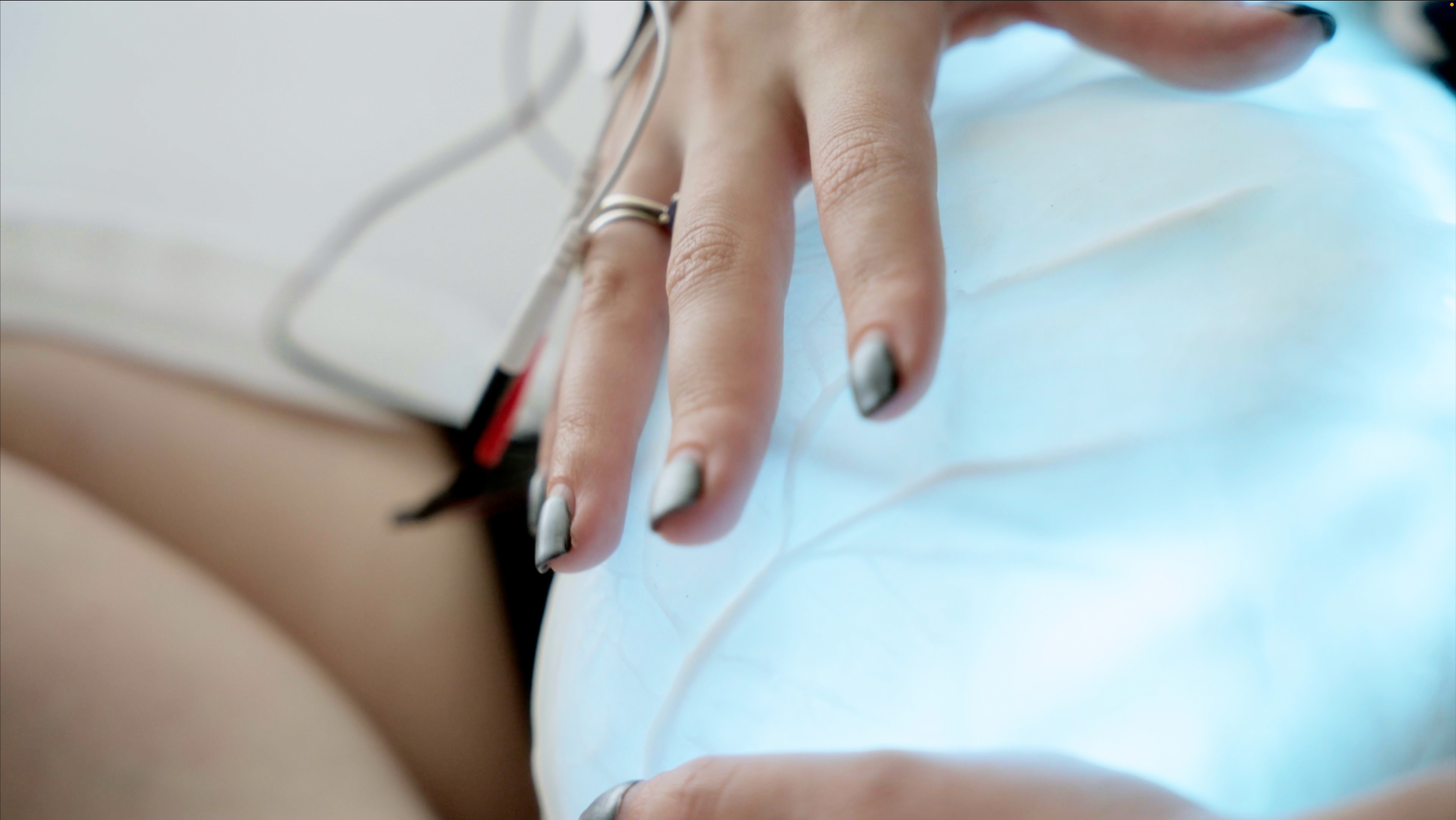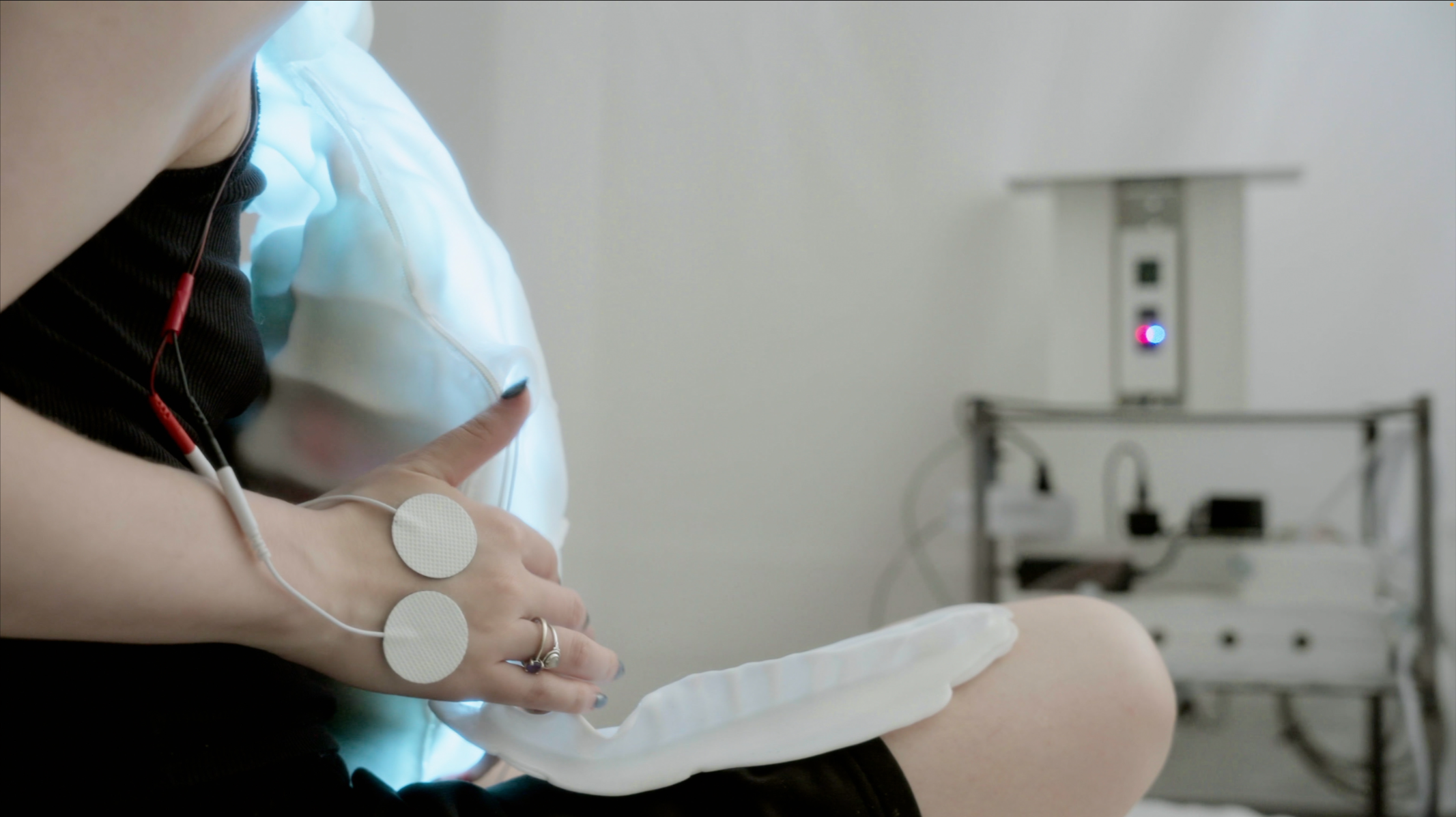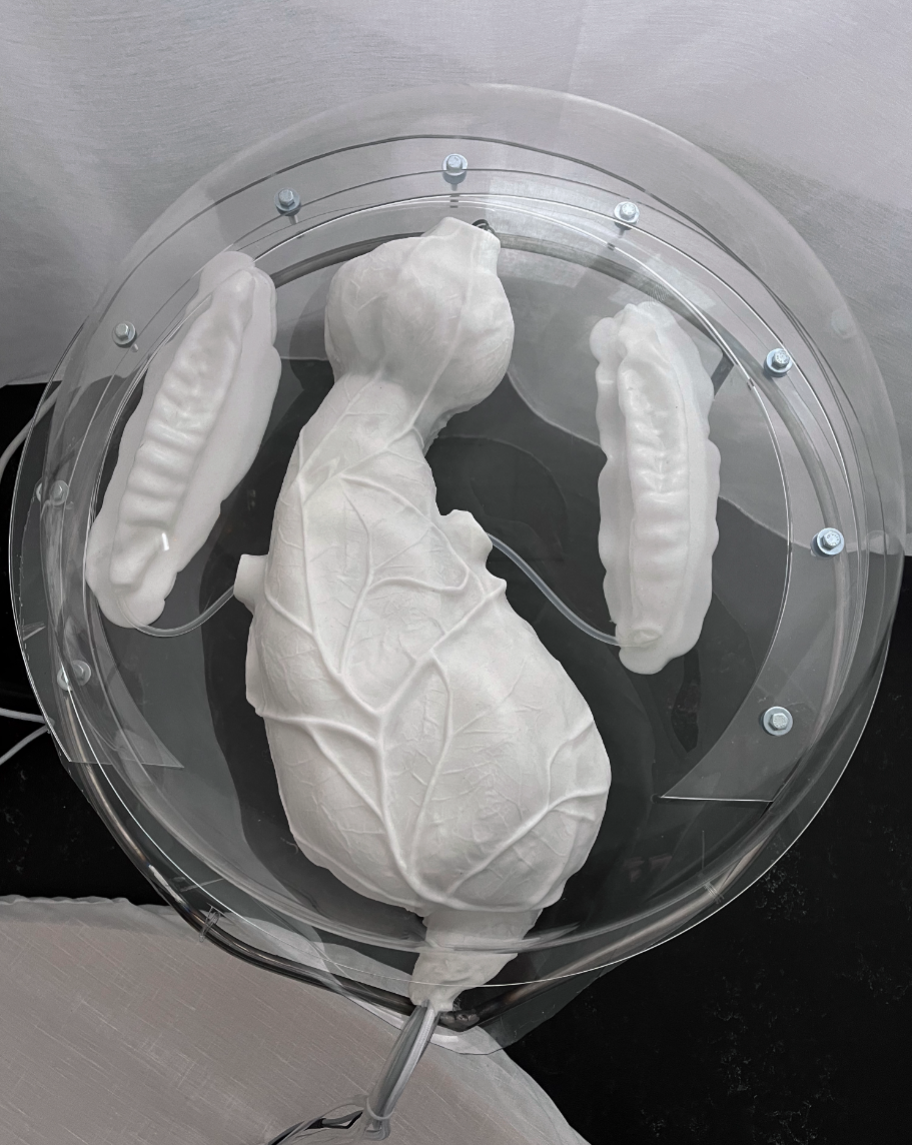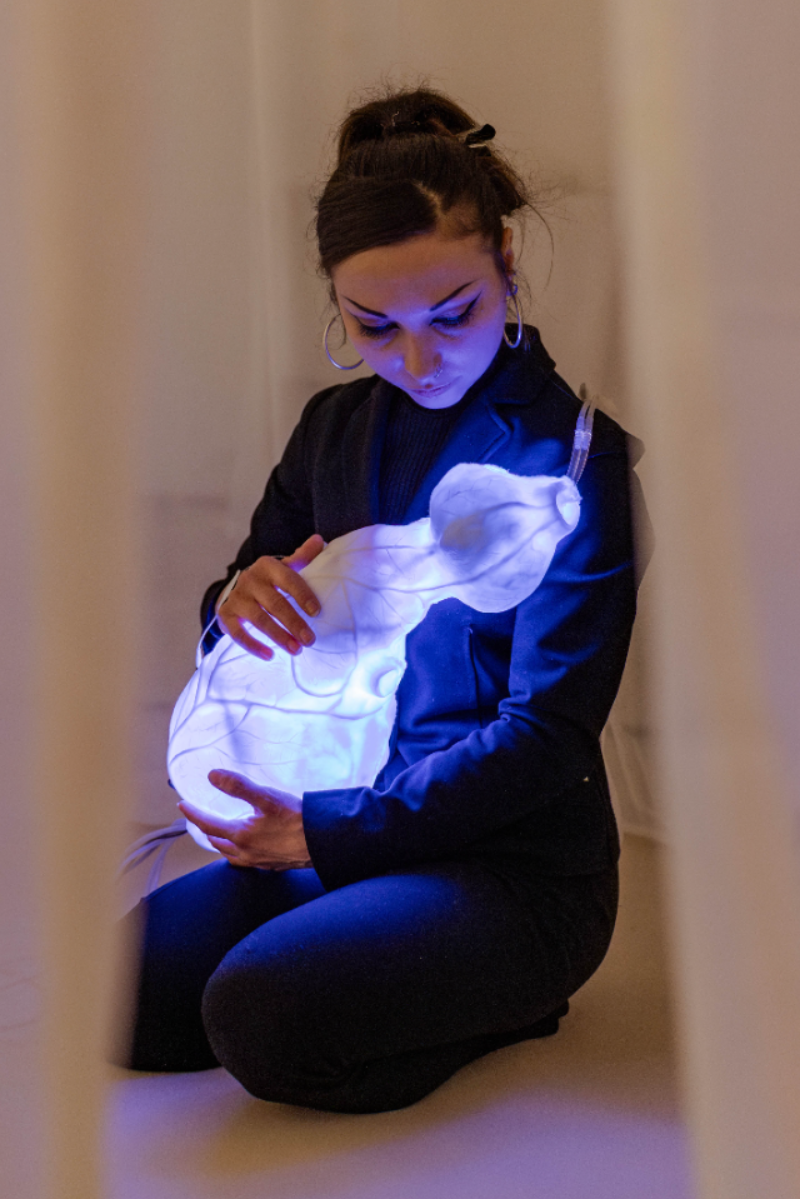Laura A Dima
Art science MA
Royal Academy Of Art The Hague KABK
Graduates: 2025
Specialisms: Installation/Sculpture / Art Performance / Digital Arts
My location: Den Haag, Netherlands

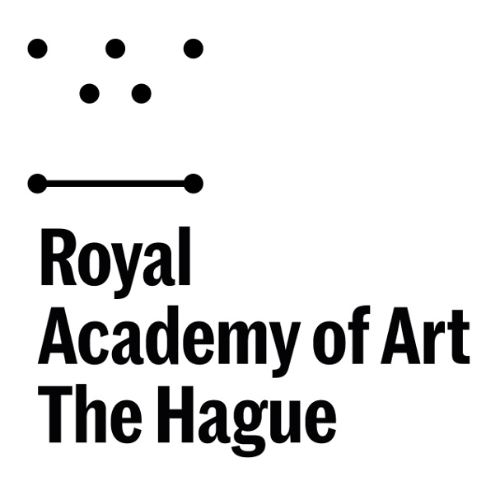
Laura A Dima

First Name: Laura A
Last Name: Dima
University / College: Royal Academy Of Art The Hague KABK
Course / Program: Art science MA
Graduates: 2025
Specialisms: Installation/Sculpture / Art Performance / Digital Arts
My Location: Den Haag, Netherlands
Website: Click To See Website
About
The Alien Between Us is an interactive art installation by multimedia artist Laura A Dima, that explores how technology can facilitate intimate remote interactions beyond traditional communication. The installation features two identical sculptures resembling alien organs or foetuses, which serve both as visual metaphors and interactive devices. Two participants enter from opposite sides and engage with the sculptures without seeing each other. Their interaction is mediated through haptic technology and the live stream of bio-data such as heart and breath rate. The sculptures become animated by the presence of the visitors and their physiological data, detected using radar sensors. This technology captures biometric signals, such as heartbeat and breath rate, and transmits them to the other participant where the feedback is simulated. In this way, they feel each other’s bodily rhythms, as well as temperature, through the sculptures which they can hold in their arms like a baby. The data is interpreted and visualised via light, vibration, and movement. With this research, the artist moves away from binary concepts surrounding consent like yes/no and instead thinks that it should be more fluid, inferred rather than explicitly requested. If one participant experiences discomfort or stress, their biometric signals shift, and this change is made visible through the sculpture’s behaviour. This invites both parties to attune to one another and adjust their behaviour somatically. The resulting feedback loop fosters a form of embodied care and responsiveness, leading to a new understanding of intimacy and consent through mutual regulation. Additionally, a built-in self-defence mechanism gets activated when abusive behaviour is detected with an electrical stimulation delivered to the participant’s hand, making them unable to touch for a few seconds.
Competitions

